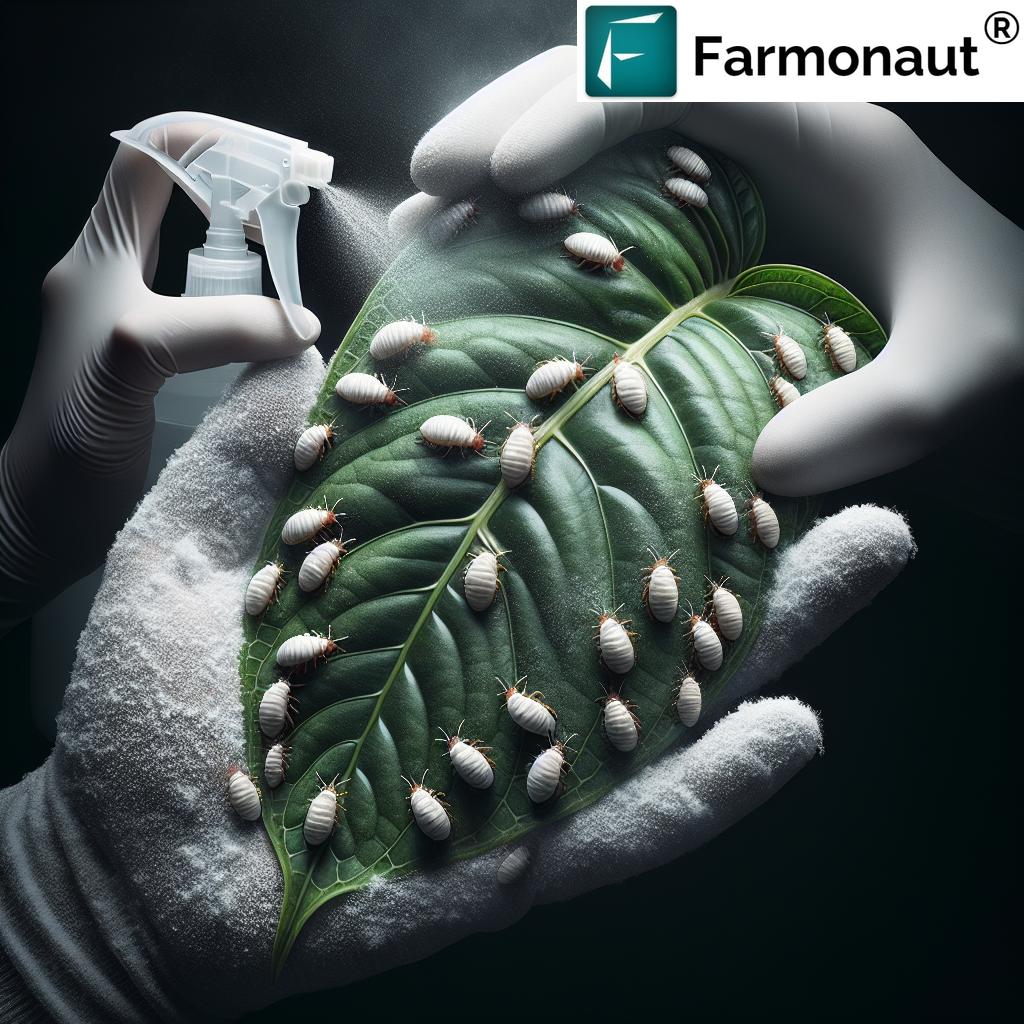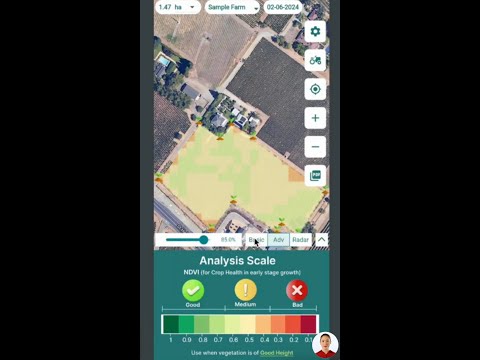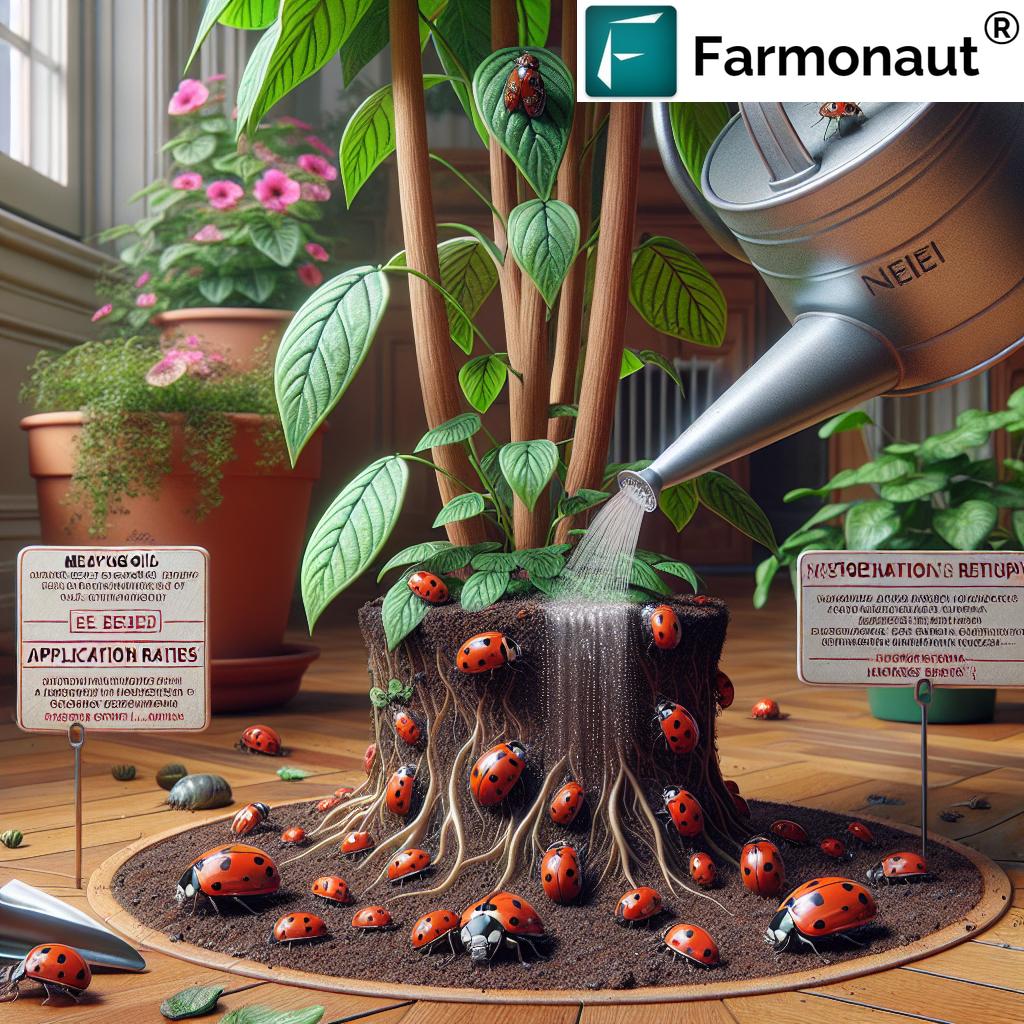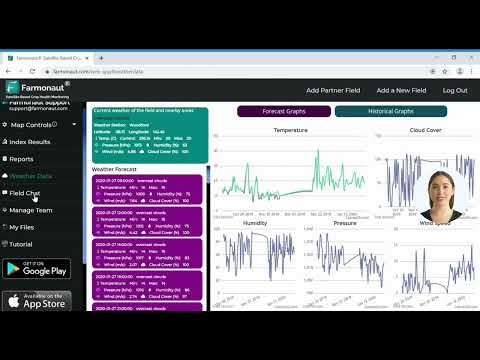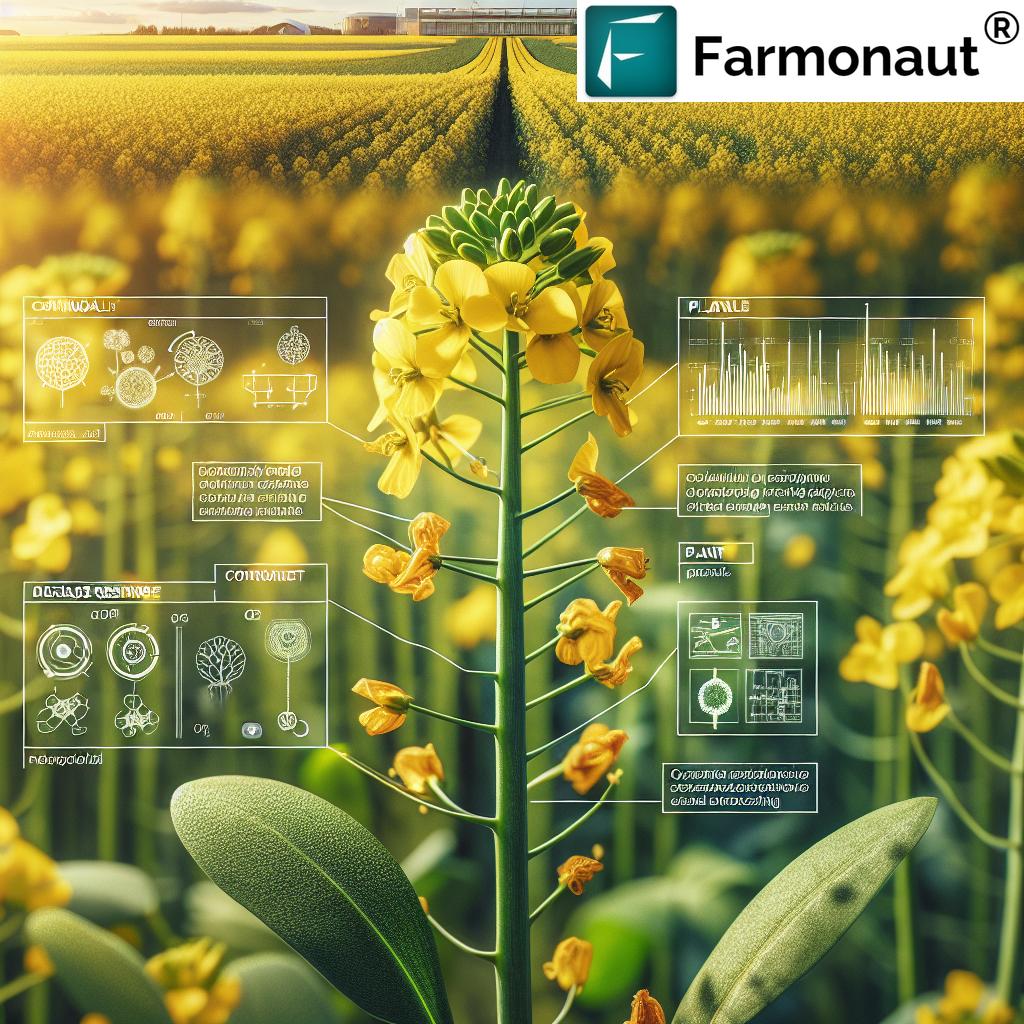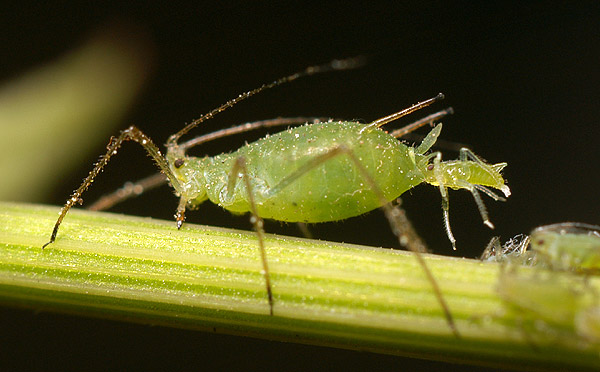Mealybug Control Neem Oil: 7 Powerful Ways to Protect Plants
Meta Description: Neem oil for mealybugs offers a safe, natural, and effective solution to protect plants. Discover seven powerful application methods, integrated plant pest management tips, and best practices for lasting mealybug control in houseplants and agricultural crops.
Introduction: Mealybug Infestations & the Neem Solution
Mealybugs are notorious plant pests capable of causing significant havoc in both ornamental houseplants and vital agricultural crops. As members of the Pseudococcidae family, these sap-sucking insects exploit vulnerable areas such as leaf axils, leaf undersides, and stems, extracting essential nutrients and disrupting plant growth. Left unchecked, a mealybug infestation often results in stunted growth, leaf yellowing, and in severe cases, plant death.
With increasing concern over the negative impacts of chemical pesticides on health and the environment, natural pest control for houseplants and crops is more important than ever. Over recent decades, neem oil has emerged as a favored organic solution for managing mealybug infestations. In this comprehensive guide, we will detail seven effective application methods using neem oil for mealybugs, review the advantages, necessary precautions, and explain how to integrate neem oil into a broader integrated pest management for mealybugs program.
Understanding Mealybugs: Identification, Habits, and Threat to Plant Health
Let’s deepen our understanding of the enemy: mealybugs. Recognizing their habits and biology is key to knowing how to control mealybugs on plants effectively.
What Are Mealybugs? Morphology & Life Cycle
- Taxonomy: Belong to the Pseudococcidae family.
- Appearance: Characterized by soft bodies, covered in a white, powdery wax resembling fine cotton.
- Hiding Habits: Typically congregate in hidden plant areas: leaf axils, undersides of leaves, along stems, roots, and sometimes in soil.
- Feeding Habits: Use piercing-sucking mouthparts to extract plant juices (sap), depriving plants of essential nutrients. This weakens plants, commonly causing stunted growth, leaf yellowing, leaf drop, and even death if left unchecked.
- Honeydew & Sooty Mold: Excrete a sticky substance called honeydew. This attracts ants and promotes sooty mold (a fungal growth), which blocks photosynthesis and further compromises plant health.
- Life Cycle: Eggs → Crawlers (nymphs) → Juveniles → Adults.
- Females lay eggs in cottony masses hidden in protected crevices.
- Crawlers spread rapidly across plants in search of feeding sites.
- Damage Potential: High populations can devastate ornamental, houseplants, and agricultural crops such as citrus, grapes, cotton, and vegetables.
Early Signs of Mealybug Infestations
- Clumps of white, waxy cotton substance on leaf joints and stems
- Sticky leaves or surfaces beneath plants (due to honeydew)
- Presence of ants farming mealybugs for honeydew
- Leaf yellowing, curling, stunted shoots, or sudden wilting
- Appearance of blackish sooty mold
By routinely inspecting our plants, especially leaf undersides and hard-to-see crevices, we can detect mealybugs early and implement organic solutions for plant pests before damage escalates.
Neem Oil for Mealybugs: Composition, Mechanism, and Properties
Neem oil, derived from Azadirachta indica (the neem tree), is a cornerstone of natural pest control for houseplants and crops worldwide. Here’s what makes neem oil so unique in the battle against mealybugs, and how its bioactive compounds disrupt pest life cycles while supporting plant health.
Neem Oil Composition: Bioactive Compounds & Key Ingredients
- Origin: Extracted from the seeds of the neem tree, native to South Asia but cultivated globally.
- Primary Active Ingredient: Azadirachtin—a powerful botanical insecticidal compound
- Other Components: Nimbin, salannin, various fatty acids, and limonoids
- Properties: Insecticidal, antifungal, antibacterial, and systemic potential in plants
How Neem Oil Works: Mechanism of Action Against Mealybugs
- Disrupts Feeding & Digestion: The unique compounds in neem oil inhibit feeding behavior, causing mealybugs to starve.
- Interrupts Growth & Molting: Azadirachtin disrupts hormones, preventing successful molting between life stages.
- Stops Reproduction: Reduces fecundity, making it harder for infestations to multiply.
- Repellency: Deters mealybugs from landing and feeding on treated plants.
- Antifungal Action: Suppresses sooty mold and fungal pathogens promoted by mealybug honeydew.
- Systemic Action: When used as a soil drench, neem oil is absorbed by roots, moving throughout plant tissues for internal protection.
Advantages & Environmental Safety of Neem Oil Applications
Compared to synthetic insecticides, neem oil is remarkably effective, focused, and environmentally safe for humans, pets, and beneficial insects.
Major Benefits of Using Neem Oil for Mealybug Control
- Effectiveness Against Multiple Life Stages: Targets eggs, nymphs, and adults—disrupting development and feeding cycles.
- Environmental Safety: When used properly, neem oil is non-toxic for humans, pets, bees, and ladybugs.
- Broad Spectrum Utility: Controls a wide range of pests (aphids, spider mites, whiteflies) and suppresses fungal infections.
- Systemic Properties: Soil drenching allows root uptake for internal, longer-lasting plant protection.
- Biodegradable: Neem oil does not accumulate or persist in the environment, supporting sustainable gardening and organic farming practices.
- Safe Use in Food Crops: Approved for organic agriculture and home gardens, safe when used as directed.
By leveraging neem oil’s unique mechanism, we achieve targeted pest control while preserving ecosystem health and minimizing risks to non-target species.
Why Choose Neem Oil over Chemical Insecticides?
- Residue-Free: Does not leave persistent, harmful residues on edible crops or in soil.
- Supports Integrated Pest Management (IPM): Can be combined with cultural, biological, and mechanical controls for lasting mealybug management.
- Reduces Resistance Risk: Multiple modes of action slow resistance development in pest populations.
Potential Drawbacks & Safety Precautions When Using Neem Oil for Mealybug Control
While neem oil is generally safe and highly effective, it’s important to be aware of its potential drawbacks and follow best application practices to protect plant health.
Known Limitations
- Plant Sensitivity & Phytotoxicity: Some sensitive or stressed plants may experience leaf burn, damage, or discoloration after application. Patch test a small section before broader use.
- Repeated Applications Needed: Severe mealybug infestations require several treatments, usually every 7-14 days for sprays or every 21 days for soil drenches.
- Strong Odor: Neem oil possesses a distinct, pungent smell which can be unpleasant indoors.
- UV Breakdown: Neem oil’s active ingredients degrade quickly in direct sunlight. It’s best to apply early morning or late afternoon (avoid peak sun hours) for max efficacy.
- Direct Harm to Beneficials During Spraying: Freshly sprayed neem oil can harm beneficial insects (bees, ladybugs) if contacted directly. Apply at dawn/dusk, when they are less active, and avoid spraying flowers directly.
Essential Safety Precautions
- Always dilute neem oil according to recommended ratios.
- Never apply to wilted, drought-stressed, or freshly transplanted plants.
- Patch test: Spray a small leaf section and wait 24 hours for signs of sensitivity before broad application.
- Keep neem products and spray solutions away from children and pets during application.
- Store neem oil in a cool, dark place to prolong shelf life and prevent degradation.
7 Powerful Ways: How to Use Neem Oil for Mealybug Control
There are several targeted methods for applying neem oil to manage mealybug infestations on both ornamental and agricultural plants. By choosing the right application technique and following proper procedures, we can maximize plant protection while minimizing unwanted side effects.
1. Classic Neem Oil Foliar Spray
- Preparation: Mix 1 teaspoon neem oil per quart (approx. 1L) of water with a few drops of mild liquid soap as emulsifier.
- Application: Spray thoroughly, covering all plant parts—especially under leaves, leaf axils, and stems where mealybugs cluster.
- Frequency: Apply every 7-14 days until the infestation subsides. Repeat as needed for prevention.
- Best Practice Tip: Always shake the solution before spraying to keep neem evenly suspended in water.
2. Systemic Neem Oil Soil Drench
- Preparation: Dilute neem oil in water (usually 1 teaspoon/liter), add soap if needed to emulsify.
- Application: Pour around the plant base. Roots absorb the neem, offering systemic protection from the inside out—ideal for mealybugs that hide in soil or at root level.
- Frequency: Once every 21-22 days during active mealybug season.
3. Targeted Spot Treatment with Cotton Swabs
- Preparation: Dip cotton swabs in pure, undiluted neem oil, or a concentrated neem/oil-alcohol mix.
- Application: Dab directly onto visible mealybugs and egg sacs on leaves, stems, and leaf undersides. Ideal for minor or early infestations.
- Frequency: As needed; repeat in 3-4 day intervals.
4. Neem Oil with Rubbing Alcohol Spray
- Preparation: Combine neem oil solution (per above) with 25–30% rubbing alcohol in water.
- Application: Spray onto infested plant surfaces—the alcohol helps dissolve mealybug wax, improving neem penetration.
- Caution: Test before wide use: Some plants are alcohol-sensitive, and this method is not for routine long-term treatment.
5. Neem Oil and Horticultural Soap Combo
- Preparation: Create a solution of neem oil, horticultural soap, and water—soap disrupts insect membranes, neem disrupts cycles.
- Application: Spray onto all exposed and hidden areas—works well where heavy infestations persist.
- Note: Monitor plant leaves for sensitivity to soap buildup.
6. Neem Oil Root Zone Pour
- Preparation: Similar to soil drench, but apply the neem solution slowly and directly at the crown so it soaks into roots.
- Application: Useful for mealybugs that hide at the base or feed along the root zone.
- Frequency: Every 2–3 weeks during infestations.
7. Preventive Neem Oil Mist for New Arrivals
- Preparation: Prepare a gentle neem spray.
- Application: Mist all new plants before introducing them to your collection—neem prevents new infestations from establishing.
- Frequency: One-time application per imported plant; repeat monthly as a preventive.
Methods Overview Table: 7 Neem Oil Application Techniques for Mealybug Control
| Method Name | Estimated Effectiveness (%) | Application Frequency (times/week) | Suitable Plant Types | Required Dilution Ratio | Safety Precautions | Pros & Cons |
|---|---|---|---|---|---|---|
| Neem Oil Foliar Spray | 70–80% | 1 (every 7-14 days) | Houseplants, ornamentals, crops | 1 tsp per quart water + soap | Patch test; avoid midday sun; protect beneficials | Highly effective; possible leaf sensitivity with overuse |
| Soil Drench | 75% | 0.33 (every 21 days) | Potted/container plants, root-prone crops | 1 tsp per liter water | Do not overwater; avoid waterlogged soils | Provides systemic protection; slower visible results |
| Spot Treatment (Cotton Swab) | 80% (for early infestations) | As needed | All plants, succulents, cacti | Undiluted or 1:1 neem oil/alcohol | Test small area for sensitivity | Precise; time-consuming for large infestations |
| Neem Oil + Rubbing Alcohol Spray | 75% | 1 (as needed) | Tropical ornamentals, resilient crops | 1 tsp neem oil + 25% alcohol/qt water | Not for delicate plants | Rapid knockdown; can damage sensitive foliage |
| Neem Oil + Horticultural Soap | 78% | 1 (7–10 days) | Robust ornamentals, fruiting plants | 1 tsp neem oil + 1–2 tsp soap/liter | Monitor for soap sensitivity | Synergistic; risk of soap buildup |
| Root Zone Pour | 70% | 0.5 (2-3 weeks) | Container and greenhouse plants | 1 tsp/liter water | Prevent root rot; use well-drained soil | Sustained control; not fast-acting |
| Preventive Neem Mist for New Plants | 60% (preventive) | 0.25 (monthly or per new plant) | All, especially houseplants | 1 tsp/qt water, light mist | Avoid blooms, apply in shade | Reduces future risk; not for established infestations |
Integrated Pest Management for Mealybugs: Complementary Measures
Neem oil works best as part of a holistic approach. Integrated pest management for mealybugs means using Neem oil treatments together with smart horticultural practices and biological controls for best, lasting results.
Encourage Beneficial Insects for Mealybug Control
- Introduce ladybugs, lacewings, and parasitic wasps—all natural predators that feed on mealybugs.
- Plant nectar-rich flowers to attract and support beneficial populations in your garden ecosystem.
- Time neem oil sprays during dawn/dusk to minimize harm to these allies.
Cultural Practices to Promote Plant Resilience
- Keep plants well-watered but avoid excess moisture (prevents secondary fungal issues).
- Feed and fertilize plants appropriately for robust growth and resistance to pest attack.
- Clean up plant debris and prune out heavily infested stems for rapid recovery.
- Routinely check plants, especially new arrivals, for early signs of pest presence.
Physical & Mechanical Mealybug Removal Methods
- Use a strong blast of water to dislodge visible mealybugs from leaves and stems.
- Remove mealybugs with cotton swabs dipped in rubbing alcohol or pure neem oil for spot treatment.
- Remove and destroy heavily infested plant parts as needed.
By integrating these measures with neem oil, we create a robust, sustainable program for mealybug control in both home gardens and commercial agriculture.
Precision Plant Health & Pest Monitoring with Farmonaut
Strong mealybug management relies on early detection and regular monitoring. Modern technology now supports gardeners and farmers in the battle against pests with data-backed recommendations and actionable insights.
- Farmonaut’s satellite-based crop health monitoring tracks fields for stress, vigor loss, and pest/disease hot spots—enabling early intervention, tailored pesticide use, and resource-efficient farming.
- The Jeevn AI advisory system delivers real-time, AI-powered guidance: when to use neem oil, irrigation scheduling, pest thresholds, and best agronomic practices based on latest satellite and weather inputs.
- Blockchain-based product traceability boosts transparency in agricultural supply chains—ensuring integrity of organic/natural produce from farm to consumer.
- Carbon footprinting tools help manage environmental impact, supporting integrated, sustainable pest management within compliance norms.
- Farmonaut’s fleet management and resource optimization modules ensure timely pesticide, fertilizer, and irrigation delivery, minimizing waste and maximizing yields, especially useful in large-scale or remote operations. For advanced operational needs, large scale farm management empowers plantations and agribusinesses with real-time insights and operational oversight across diverse locations.
For developers looking to supercharge their own agri platforms, Farmonaut’s API (API access) and developer docs make satellite and weather data integration seamless and scalable.
Frequently Asked Questions (FAQ) – Neem Oil for Mealybugs
Q1: How often should I apply neem oil to control mealybugs on plants?
A: For active infestations, apply neem oil spray every 7–14 days. For soil drench, every 21–22 days is sufficient. Continue applications until signs of mealybugs disappear and follow up with preventive misting regularly.
Q2: Will neem oil harm my pets or children?
A: When applied as directed and allowed to dry, neem oil is considered safe for humans and pets. Always store neem oil products out of children’s reach, and keep pets away during active spraying and until plants dry.
Q3: Can neem oil damage my plants?
A: Some plants may show leaf burn or yellowing after neem oil applications, especially if already stressed or if applied in strong sunlight. Always patch test and avoid using on wilted or newly transplanted plants.
Q4: Does neem oil kill beneficial insects?
A: Neem oil is less harmful than most insecticides. However, direct spraying can harm beneficial pollinators and predators if contacted while wet. Apply during cooler periods (early morning or late evening), and avoid flower surfaces.
Q5: How long does neem oil last after application?
A: Neem oil degrades quickly in sunlight, usually within 3–7 days. This is why repeated application is vital for persistent pests like mealybugs.
Q6: Is neem oil acceptable for organic agriculture?
A: Yes, neem oil is approved for use in organic gardening and certified organic farming in many countries worldwide. Always confirm with your local regulatory body for specifics.
Q7: Can I use neem oil with other pest management products?
A: Neem oil combines well with cultural and physical controls (pruning, physical removal), and often with insecticidal soaps. Avoid mixing with sulfur-based fungicides or other strong chemicals unless product labels confirm safety.
Q8: Can I use neem oil preemptively to stop mealybug infestations?
A: Yes! Neem oil preventive sprays greatly reduce the risk of new infestations, especially when applied to new plant arrivals and high-risk crops monthly.
Conclusion: Sustainable, Lasting Mealybug Control with Neem Oil
Neem oil has revolutionized the way gardeners, urban growers, and large-scale agricultural producers approach mealybug infestation treatment. Its unique bioactive properties offer an effective, natural, and environmentally safe insecticide alternative for protecting precious plants and crops across settings. When we apply neem oil using proper methods—whether as foliar sprays, soil drenches, or in integrated management plans—it provides long-lasting suppression of mealybugs, reduces fungal diseases, and bolsters overall plant health. By combining neem oil with the power of beneficial insects, sound cultural practices, and modern digital monitoring tools, we champion a safer, more sustainable approach to organic solutions for plant pests.
And as precision technology like Farmonaut brings advanced data and real-time crop health monitoring to our fingertips, tackling pests like mealybugs becomes not just manageable, but optimized for both productivity and environmental stewardship. Whether we are managing houseplants, ornamentals, or vital agricultural crops, neem oil remains our essential frontline tool—protecting our plants, our ecosystem, and the harvests yet to come.


